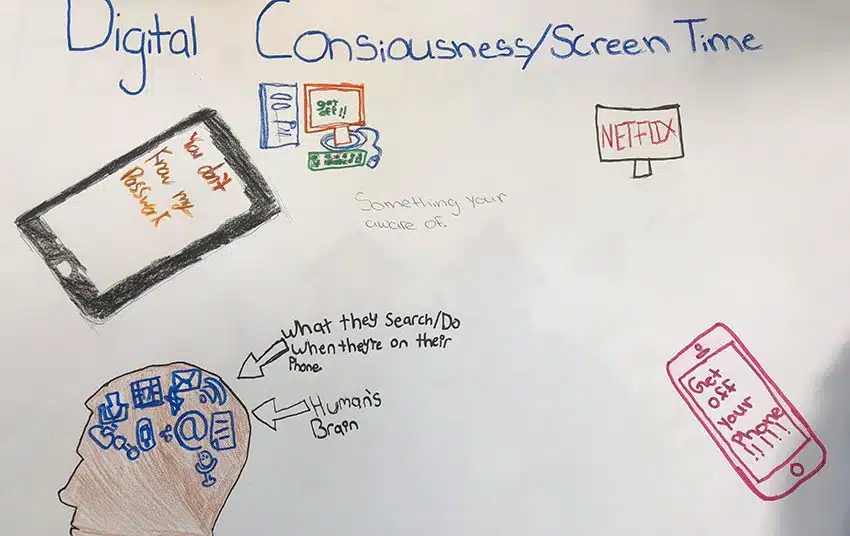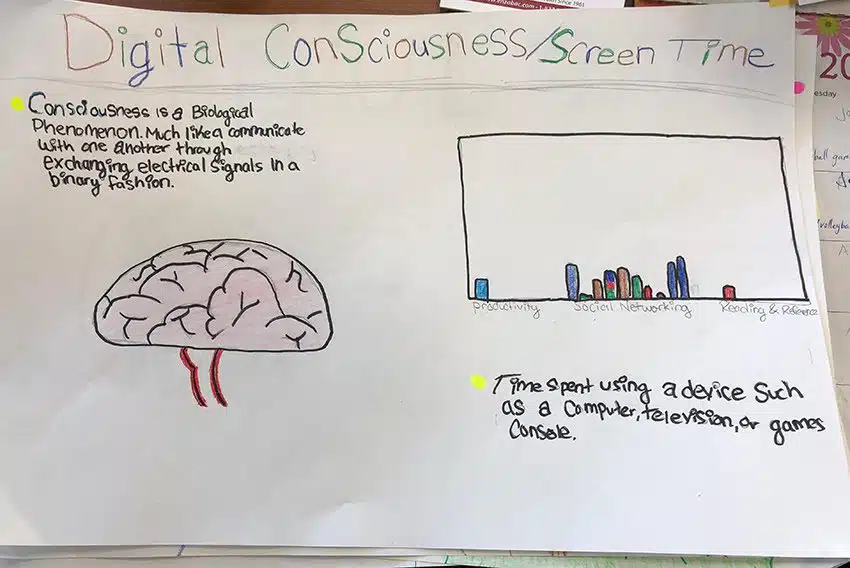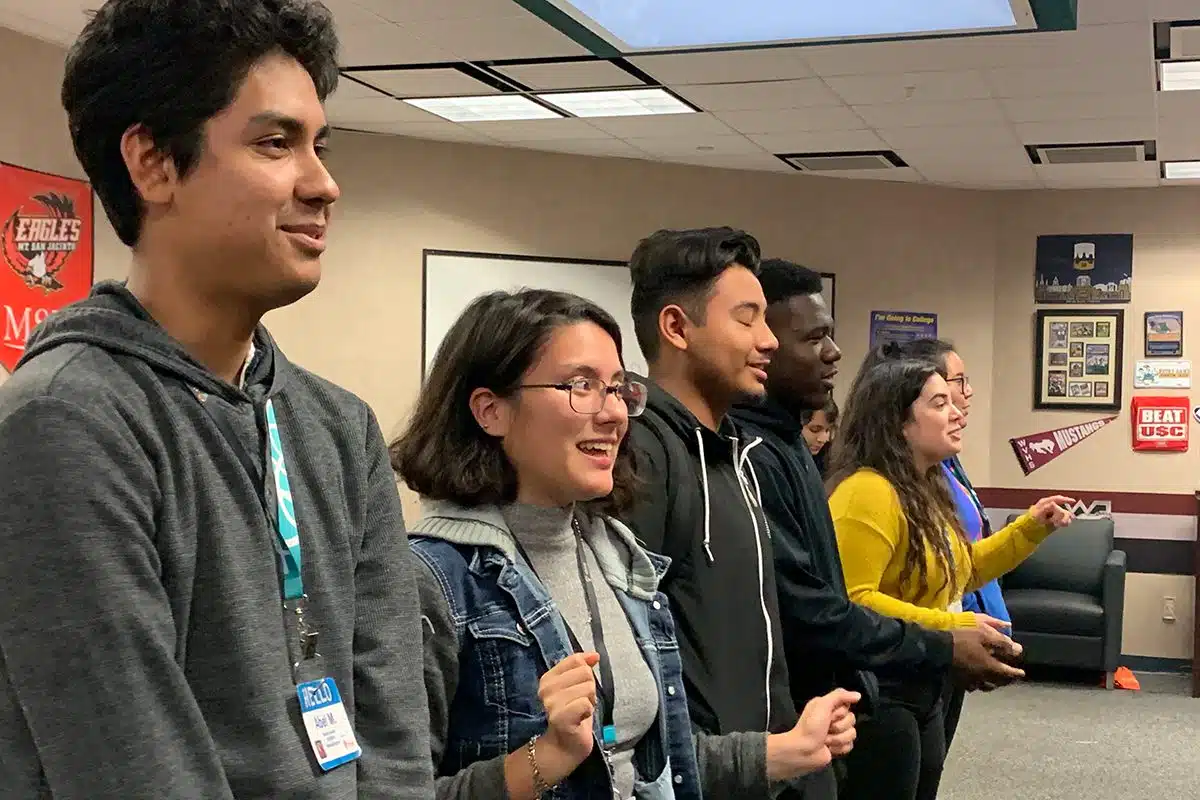
3 Effective Approaches to Enhance Events, Lessons and Meetings
At kid-grit, we are huge fans of CASEL (Collaborative for Academic, Social, and Emotional Learning).
Let’s pose a few questions…
1. If social media and gaming increasingly disrupt student behavior, why do educators believe teaching social emotional learning (SEL) through a digital device is a good idea?
2. Suppose the pandemic showed us that large amounts of digital learning negatively impacted our children’s learning and development. Why would we teach emotional development through a device.
3. If students crave in-person learning and benefit from social interaction, why would the very thing you teach about behavior be presented online?

One of the biggest challenges we at kid-grit hear from our teaching partners is learning to integrate SEL into classroom instruction, regardless of the content area. Some popular SEL companies/organizations are now using a variety of digital platforms to solve this dilemma.
In an age of ever-changing technology and advancements, it’s challenging to be in education and take a strong stance against putting education content online- particularly social and emotional learning.
As other SEL organizations use this approach to delivering and integrating content, we ask you to consider if content delivery is still authentic to the subject if offered online.
In the California Silicon Valley, the hub for innovation and technology, the employees of tech companies aren’t sending their children to schools that solely use computers for learning until they are in high school. Did you know the most significant complaint among hiring professionals is interviewing young careerists who struggle with communication, making eye contact, working well with groups of people (collaboration), and managing their conduct? When humans understand their behaviors, they are more focused, can solve problems, and more easily ask for help.
Licensed psychotherapist Susan Zinn has observed through her work with adolescents and young students that “our culture is becoming more dependent on efficiency and technology [and] we’re stepping away from placing a value on the art of language.”
Forbes, Brené Brown and Marc Brackett On Emotional Intelligence During A Pandemic, Christopher Rim

If young people depend on technology for language about emotions or communication, imagine how this limits their future relationships in the professional world.
Mark Brackett, Director of the Yale Center for Emotional Intelligence, shares that CEOs are searching for flexible and inspiring employees. This is difficult to do without practice and understanding human behavior; emotions are learned through real-time interaction, feedback, and live communication. Physical and in-person contact is valuable. It allows us to identify cues from one another through facial expressions and body language in real time and helps us react with empathy, kindness, and understanding. We don’t believe that observing these behaviors through animation or video only is the most effective method to learn about oneself.
How is empathy taught through digital learning? If a young person lacks empathy, they may exhibit some dangerous behaviors, starting with bullying or social withdrawal. If you look at the nation’s crisis with youth shootings, increased violence, and rising suicide rates- we know that empathy and apathy play a prominent role.
Technology brings information and learning to a new level and isn’t going away. We believe from the bottom of our souls, and SEL research supports that face-to-face and real-time interaction is the way to go.
In the article, The Significance of Emotion and Empathy in Learning with MC3, the author concludes “that consideration of affect in learning has not been seriously considered for the future of learning online, which is why many virtual learning environments fail to engender positive emotion in learners and teachers and therefore have limited capacity for successful learning.”
So, for now, kid-grit may offer some fun activities online, but not our foundational content. We may be the “last person standing” offering SEL teacher training and student curricula in person. We won’t compromise for future investors and may not “scale and grow” as fast. And we are okay with that. We will help young people learn vital skills to broaden their professional futures, improve their relationships and help build a productive and caring human — in real time, by a human, right beside them.


At kid-grit, we are huge fans of CASEL (Collaborative for Academic, Social, and Emotional Learning).


Here at kid-grit, we had a wonderfully crazy month in October! Check out this blog post to hear more about what we were up to.